3 Reasons the RAV4 Still Rules the PHEV Party

We love us a no-nonsense mode of transportation.
We recently spent a week with the 2024 Toyota RAV4 Prime. The brand’s first mainstream plug-in hybrid SUV has been with us for a few years now, but before this we hadn’t driven it since it debuted back in 2020. A lot has changed in North America’s favorite non-pickup class since then. To that end, we now rate some of the RAV4’s competitors higher these days, at least when talking pure ICE or regular hybrid models. Yet drop a plug into the mix and the veteran of the segment is still king. Here’s why:
Range champ
I picked up the RAV4 Prime with a completely full battery on a sunny day hovering a few degrees above freezing. The only responsible thing to do? Drain that sucker. Sticking to EV mode, it took me roughly 3.17 miles (5.1 kilometers) before I realized I hadn’t reset the trip meter. After doing that, I drove just a hair under 48 miles (77.2 kilometers) before the 2.5-liter woke from its slumber.
Officially, the Prime already tops the charts at 42 miles (68 km). Without even trying, I beat that by over 20 percent. Admittedly, only about a third of that distance was on the highway, so your results may vary.
Same well-known package
Is the RAV4 cabin the fanciest? Nope. Most techy? Beyond the welcome addition of Toyota’s new infotainment system last year, negative. Okay, so it’s the most spacious? Also no.
The RAV4 succeeds the same way many Toyotas have succeeded before: by being better than average in danged near everything, with no obvious weak points. Yes, the cabin materials can sometimes feel low-rent for a car with this sort of price tag, but it’s all screwed together with the sort of consistency you can set a watch to. Toyota hasn’t succumbed to the lure of touch-sensitive panels either: you will never second-guess the simple climate controls. The Prime sacrifices a little over 10-percent of the gasser’s cargo space (33.5 cubic feet / 949 liters compared to 37.5 cu ft / 1,059 L), but it’s still a spacious and practical space.
Basically, opting for the plug-in doesn’t dramatically alter the package. The same package that almost half a million Canadians and Americans bought last year alone.
Performance and efficiency
Saving money at the pumps and minimizing pollutants is all well and good. Let’s be honest though: few car purchases are strictly logical. We like frugality; we want fun. The RAV4 Prime’s additional 83 horsepower is very much noticeable: when all propulsion systems are go, it’s a genuinely quick vehicle that nobody expects. That's a win-win to us.
Become an AutoGuide insider. Get the latest from the automotive world first by subscribing to our newsletter here.

Kyle began his automotive obsession before he even started school, courtesy of a remote control Porsche and various LEGO sets. He later studied advertising and graphic design at Humber College, which led him to writing about cars (both real and digital). He is now a proud member of the Automobile Journalists Association of Canada (AJAC), where he was the Journalist of the Year runner-up for 2021.
More by Kyle Patrick



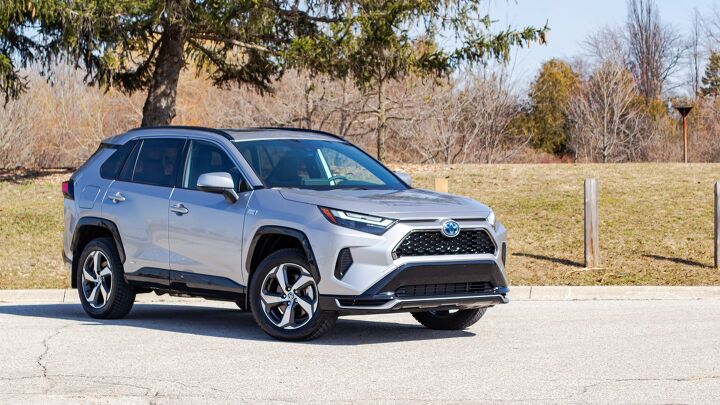















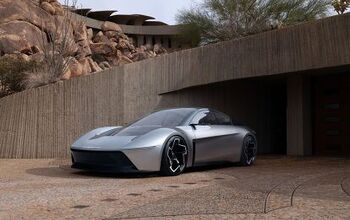
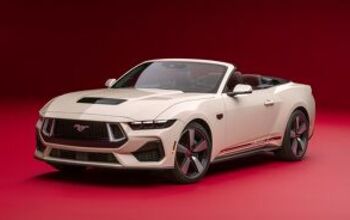



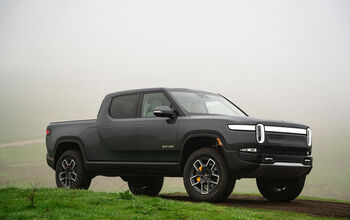


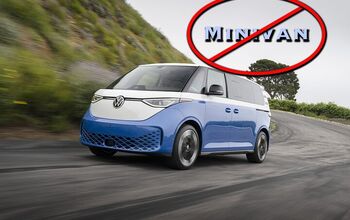
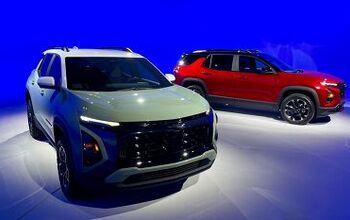





Comments
Join the conversation